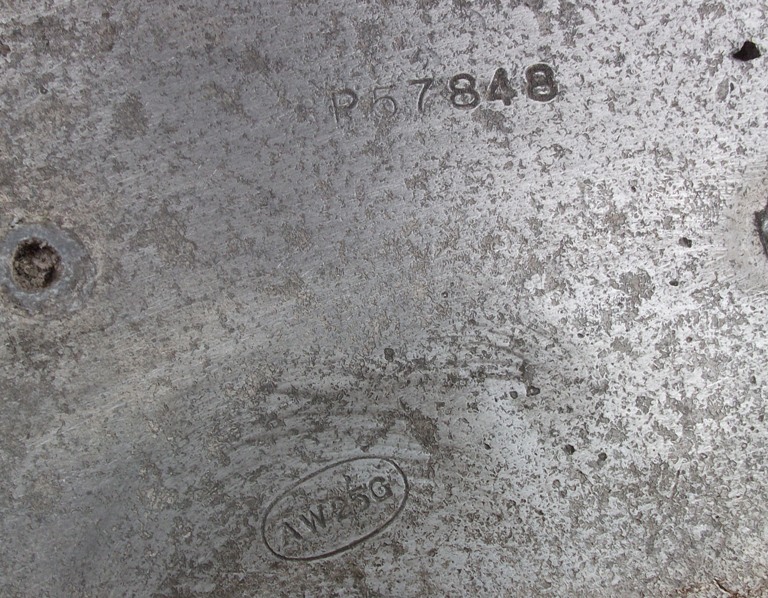On 31st January 1943 this aircraft took off from Kinloss airfield at 10.35hrs to undertake a cross country training flight. At around 17.00hrs the aircraft flew into high ground close to the summit of Carn a’Ghillie Chearr; one of the larger peaks in the Hills of Cromdale, Moray while returning to base in poor weather. Three of the crew died at the scene of the crash, one died two days later and one other survived his injuries.
Pilot - Sgt Peter William Barrett RAFVR (1425570), aged 20, of Beverley, Yorkshire. Buried Beverley Church Cemetery, Yorkshire (A/K/43).
Observer - P/O Sidney John Stenning RAFVR (129370), aged 20, of North Kensington, London. Buried Kinloss Abbey, Moray (50/B).
Bomb Aimer - Sgt Joseph Raymond Charles Rugeroni-Hope RAFVR (1387054), aged 20, of Edinburgh. Buried Edinburgh Mount Vernon Cemetery (O/148).
Wireless Operator / Air Gunner - Sgt John Douglas RAFVR (980831), aged 23, of Glasgow. Buried Glasgow (Riddrie Park) Cemetery.
Air Gunner - Sgt A P Wilson. Injured.


Peter Barrett was the son of Mr and Mrs F Barrett of Norton Street, Grayburn Lane, Beverley, East Yorkshire. At the age of ten he was awarded a scholarship to attend Beverley Grammar School and after leaving school he began working for the East Riding County Council. Prior to joining the RAF he was a member of the Hull and District Cycling Club. Sadly his gravestone in St.Mary's Church Cemetery is in disrepair and has now been laid flat for safety reasons, he is buried next to Sgt Hector Bunton RAFVR (1378495) also killed in a flying accident a few weeks earlier when Hudson N7202 crashed into Morecambe Bay on 30th November 1942.
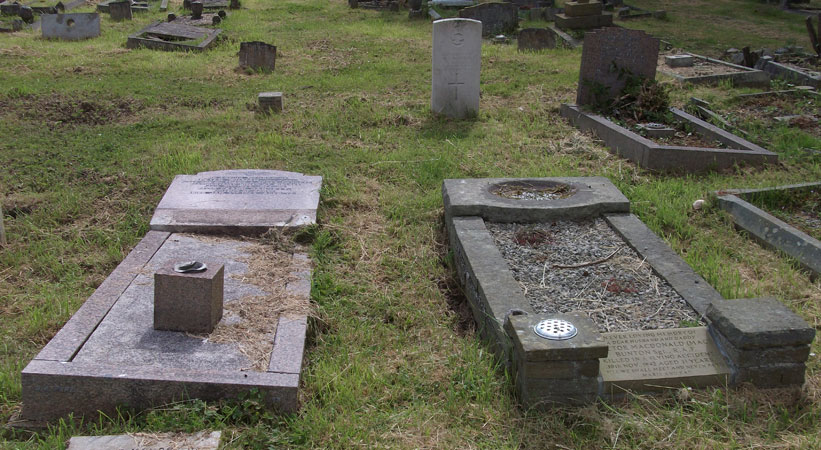
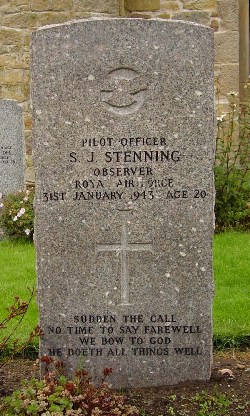
John Stenning received his commission to the rank of P/O on probation (emergency) on 17th August 1942.
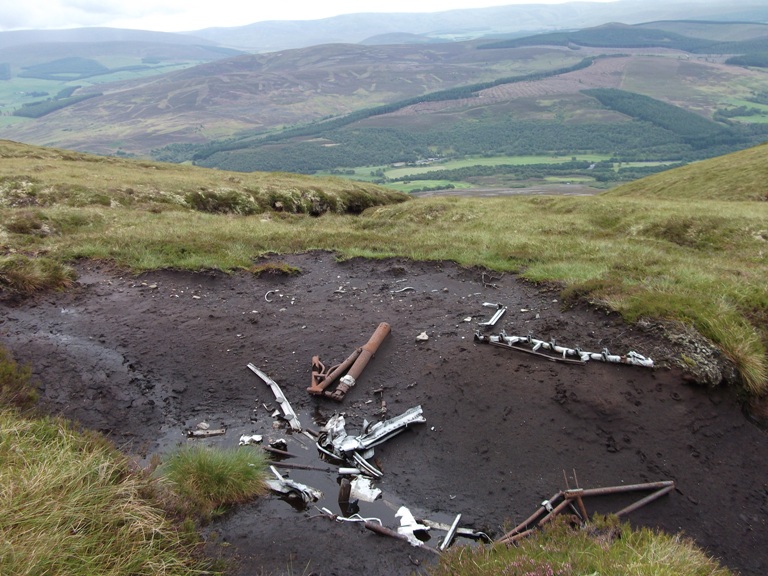
I located the crash site in August 2011 while on holiday in the area and a little wreckage remains at the crash site, mainly rusting parts of undercarriage and engine barers. A number of fired .303 bullet cases were found at the site which date consistantly with the aircraft crash. Finding them in a fired state was odd and they may have been used by those sent to guard the site or recover the wreckage firing some the ammunition with rifles. These top two photographs show the general area of the crash site.


A number of parts of the aircraft were found in the bed of this stream.
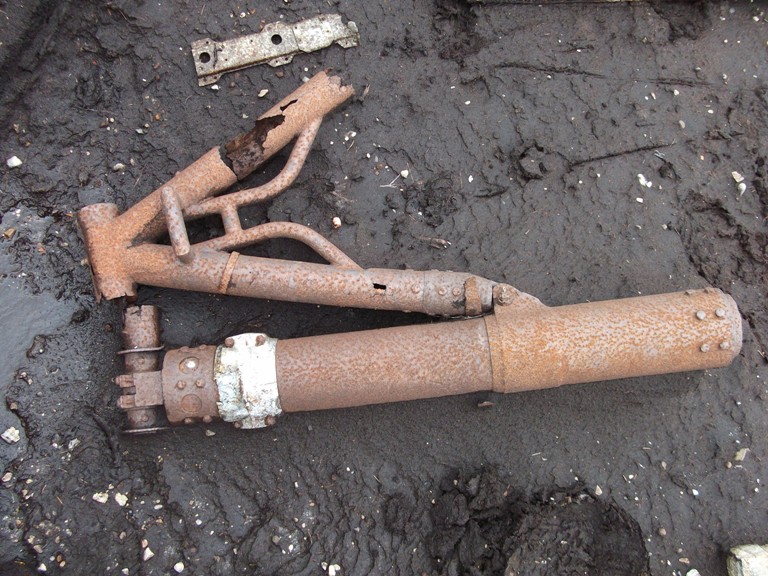
A large piece of main undercarriage. My footprints in the soft peat give some idea of scale.
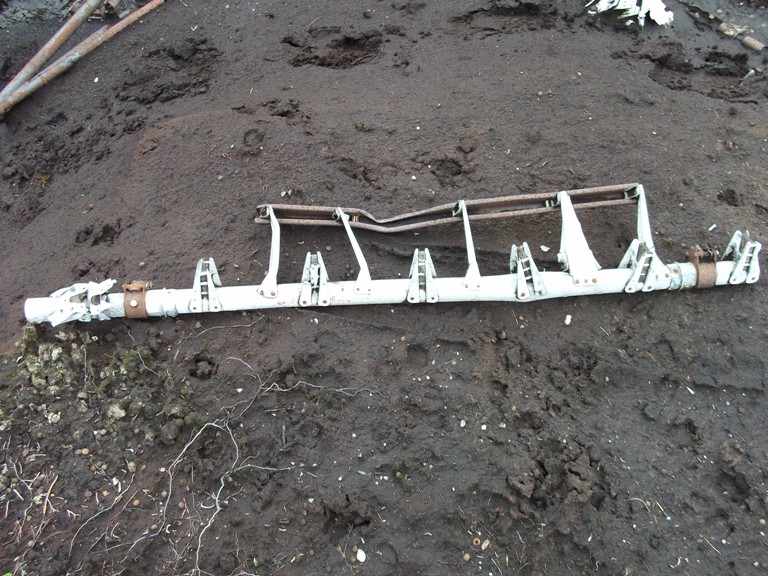
A piece of the airframe.

Two Whitley part numbers with Armstrong Whitworth inspection stamps.
